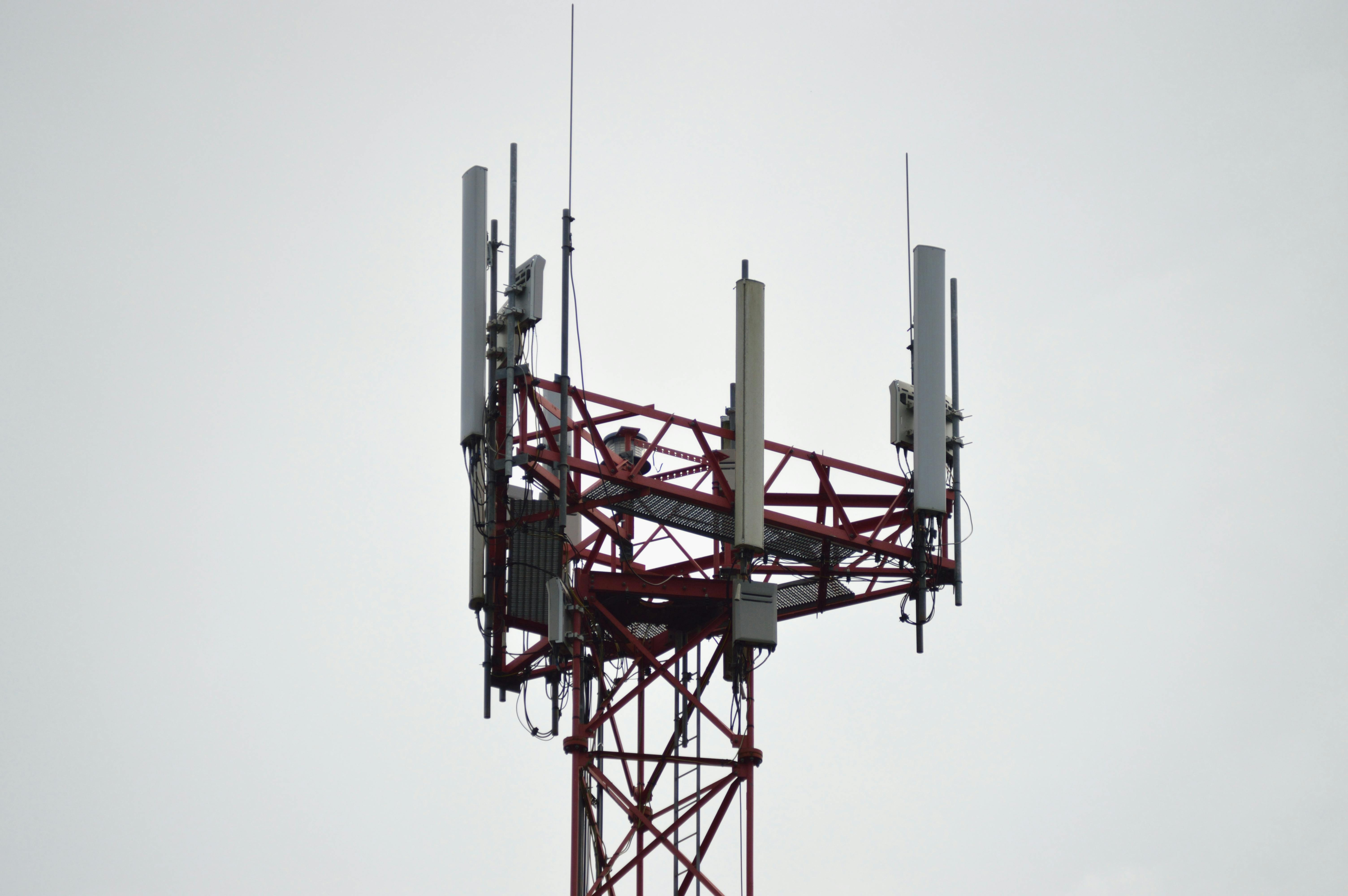The sunset of 2G and 3G cellular networks is poised to disrupt countless industries and leave millions of devices stranded. This transition, while signifying progress towards faster technologies, exposes a significant vulnerability within the Internet of Things (IoT) ecosystem, particularly affecting critical infrastructure like smart meters. In the United Kingdom alone, an estimated seven million smart meters are at risk of becoming obsolete. Rather than simply replacing these devices with newer cellular technology, a more strategic and forward-thinking approach is to leverage satellite-based solutions.
Global Satellite Engineering (GSE), a pioneering leader in the satellite industry with nearly two decades of experience, offers a comprehensive suite of satellite-based solutions that not only address the immediate challenges of the 2G/3G shutdown but also provide a future-proof infrastructure for long-term connectivity and asset tracking.
The Scope of the Problem:
The impact of the 2G/3G phase-out extends beyond consumer electronics, posing a significant threat to a wide range of essential systems:
- Smart Utilities: Millions of smart meters, crucial for remote monitoring and billing, face obsolescence. In the UK, this could lead to inaccurate billing, increased manual labor for meter readings, and potential disruptions in energy management.
- Security Infrastructure: Many alarm systems rely on cellular backup for communication in case of landline failure. The loss of 2G/3G connectivity could compromise these systems, leaving homes and businesses vulnerable.
- Healthcare: Life-critical medical alert devices and remote patient monitoring systems, which rely on cellular networks to transmit vital data, face disruption or complete failure. This could have dire consequences for vulnerable individuals who depend on these devices for their safety and well-being.
- Industrial Operations: Across various sectors, sensors, tracking systems, and remote equipment control mechanisms that utilize 2G/3G networks will require upgrades or replacements to maintain functionality.This could lead to operational inefficiencies, increased costs, and potential safety hazards in industries like oil & gas, mining, and transportation.
The Case for Satellite Solutions: Future-Proofing Connectivity
While upgrading to newer cellular technologies may seem like a logical solution, it only postpones the inevitable obsolescence that comes with network transitions. Satellite solutions, on the other hand, offer a more sustainable and future-proof alternative:
- Network Longevity: Satellite networks are not subject to the same rapid obsolescence cycles as cellular networks. They are designed for long-term operation and can be easily upgraded to support evolving technologies.
- Global Coverage: Satellite networks provide unparalleled coverage, reaching even the most remote areas where cellular signals are weak or unavailable. This ensures reliable connectivity for critical infrastructure and assets regardless of location.
- Resilience and Reliability: Satellite networks are less susceptible to disruptions caused by natural disasters, infrastructure damage, or network congestion. This makes them a more reliable option for critical applications that require uninterrupted connectivity.
- Technological Advancements: Satellite technology is constantly evolving, with new innovations and capabilities being introduced regularly. By adopting satellite solutions, businesses and organizations can benefit from ongoing advancements and ensure their infrastructure remains up-to-date.
GSE's Satellite Solutions: A Strategic Advantage
Global Satellite Engineering, with nearly two decades of experience and a proven track record across diverse industries, is uniquely positioned to lead the transition to future-proof satellite solutions:
- Global Reach: GSE's satellite networks offer unparalleled coverage, extending beyond the reach of terrestrial networks and ensuring reliable connectivity for even the most isolated devices.
- Low-Power Optimization: Leveraging cutting-edge technology, GSE's satellite solutions, including the GSatSolar device, are designed to minimize power consumption, making them ideal for IoT devices with limited battery life.
- Device Compatibility: GSE's expertise and experience allow for seamless integration with existing devices, often through retrofitting. This significantly reduces the need for costly replacements, making the transition to satellite connectivity more affordable and practical.
- GSatSolar and GSatTrack: A Powerful Combination: GSE's GSatSolar, a compact, rugged, and solar-powered satellite tracker, offers an ideal solution for monitoring remote assets like smart meters. When paired with GSatTrack, GSE's industry-leading device-agnostic tracking platform, businesses gain real-time visibility into the location and status of their assets, along with powerful analytics and reporting tools.
Recommendations for Businesses and Organizations
- Asset Assessment: Conduct a thorough inventory of all devices that rely on 2G/3G networks to identify potential vulnerabilities and prioritize upgrades.
- Embrace Satellite Solutions: Consider adopting satellite-based solutions like those offered by GSE for a more sustainable, reliable, and future-proof connectivity infrastructure.
- Partner with GSE: Engage with GSE to leverage their expertise and assess how their comprehensive suite of satellite solutions can address your specific connectivity and asset tracking needs.
The impending shutdown of 2G/3G networks presents an opportunity to rethink our approach to connectivity and embrace innovative solutions that offer long-term sustainability and resilience. By adopting satellite-based solutions like those offered by GSE, businesses and organizations can not only mitigate the risks associated with the 2G/3G shutdown but also position themselves for continued success in an increasingly connected world.


